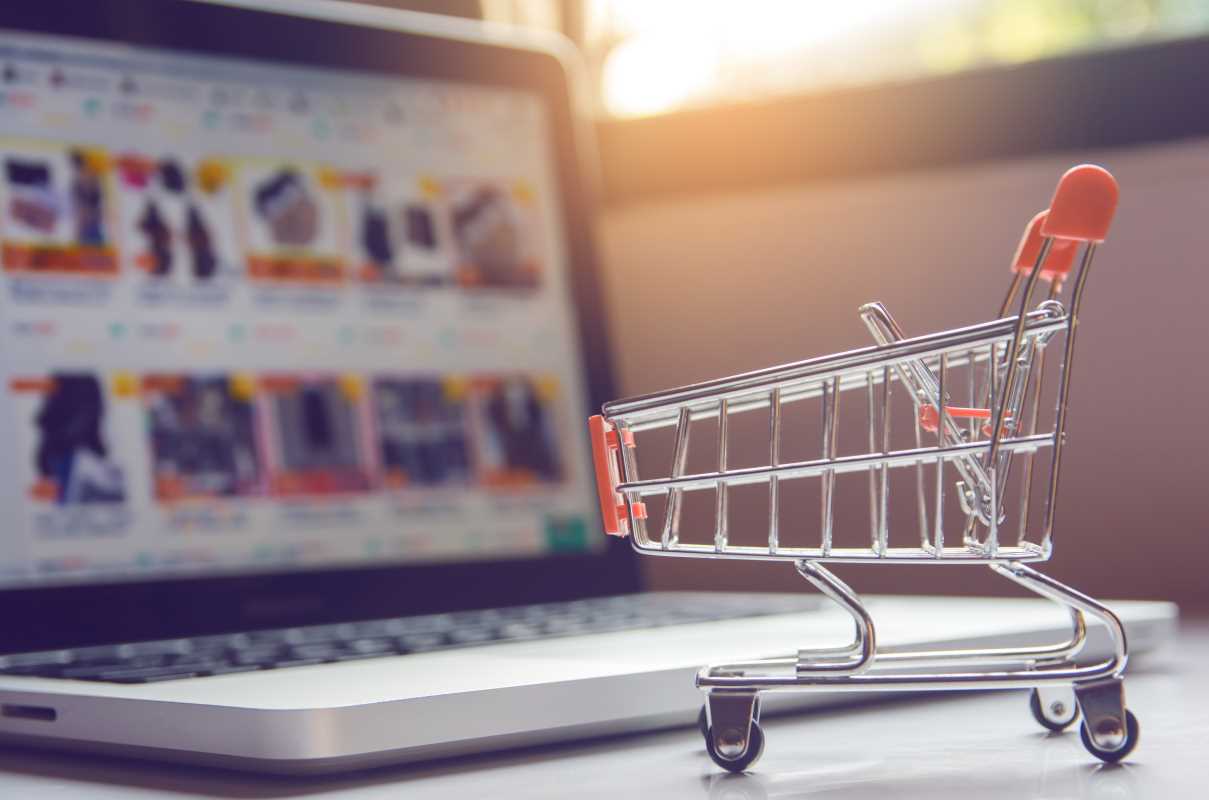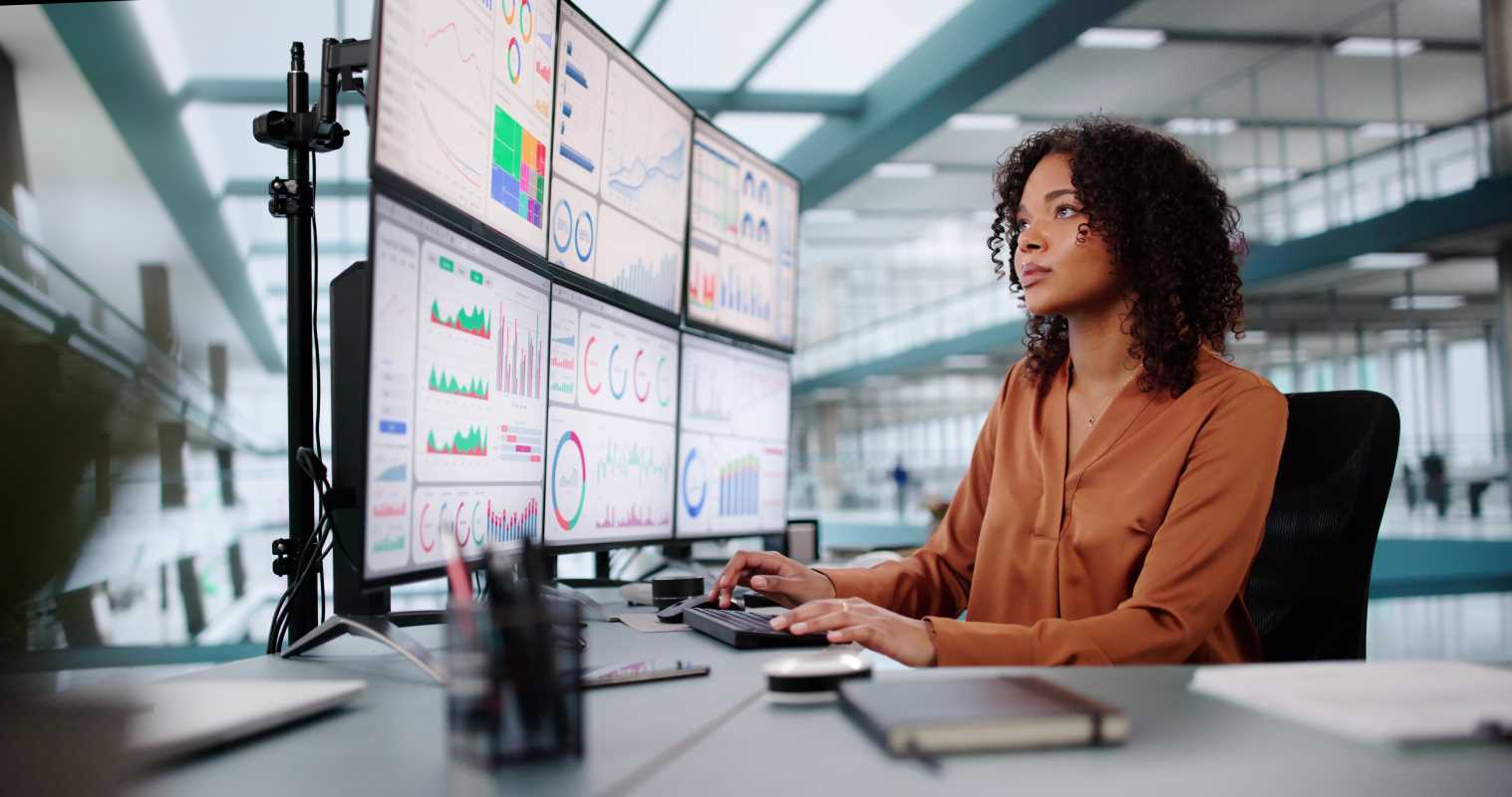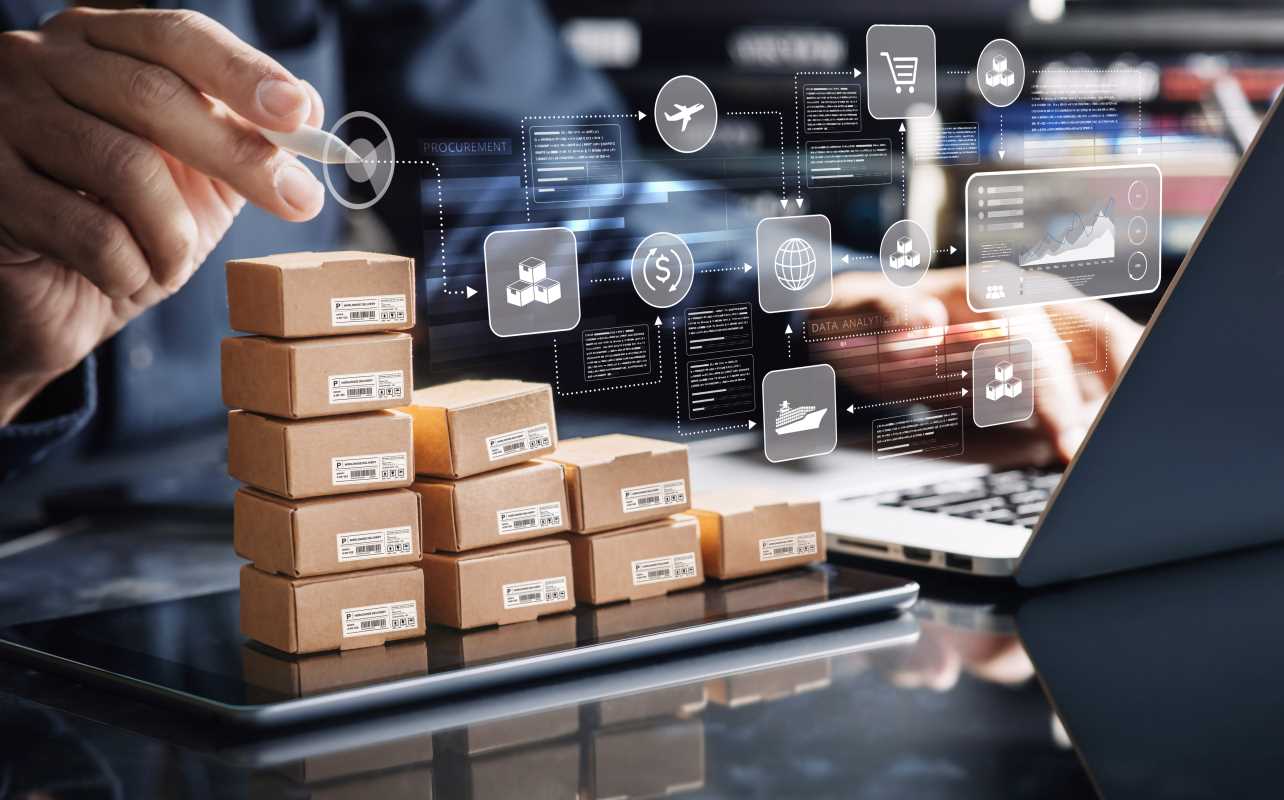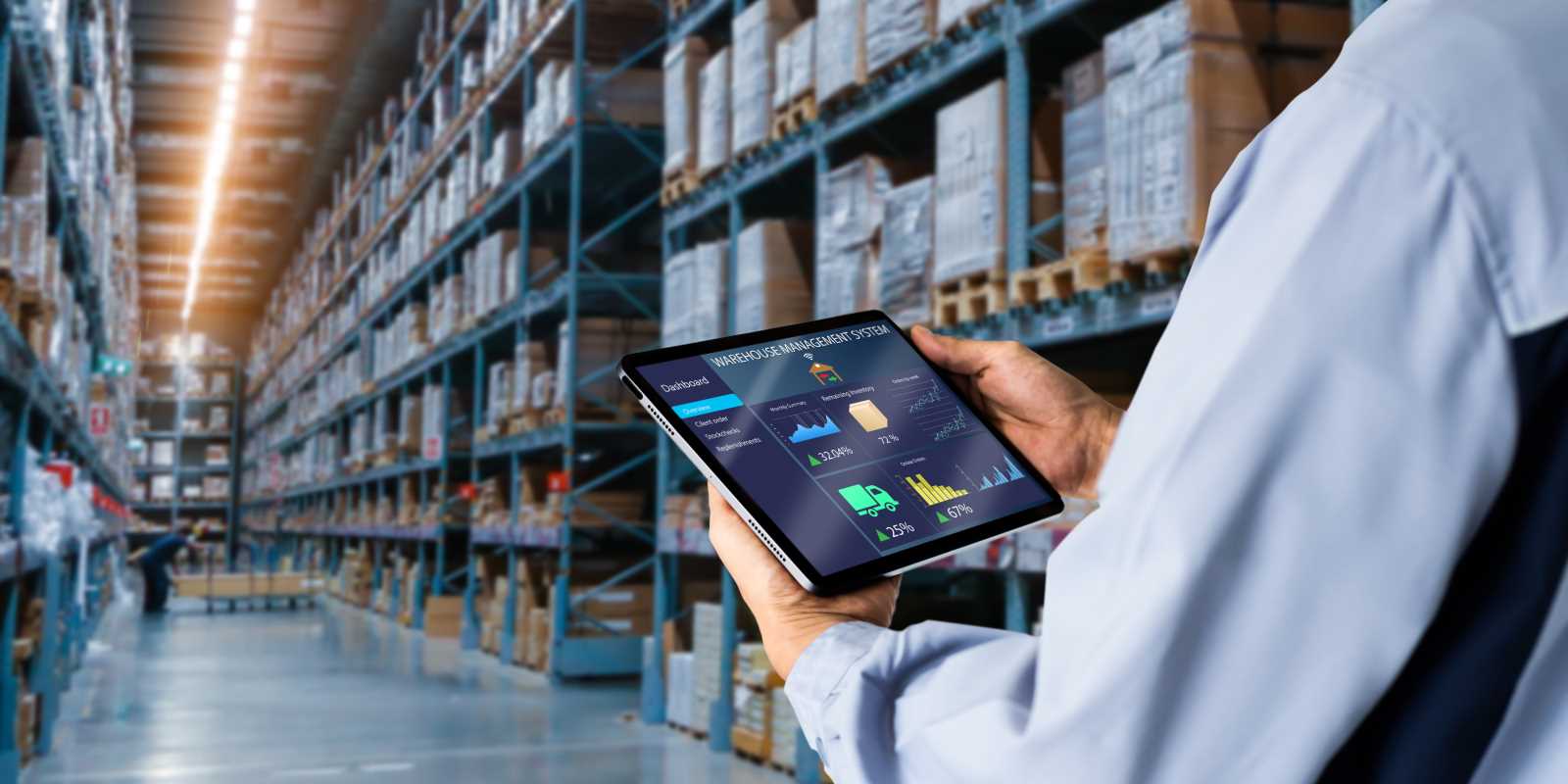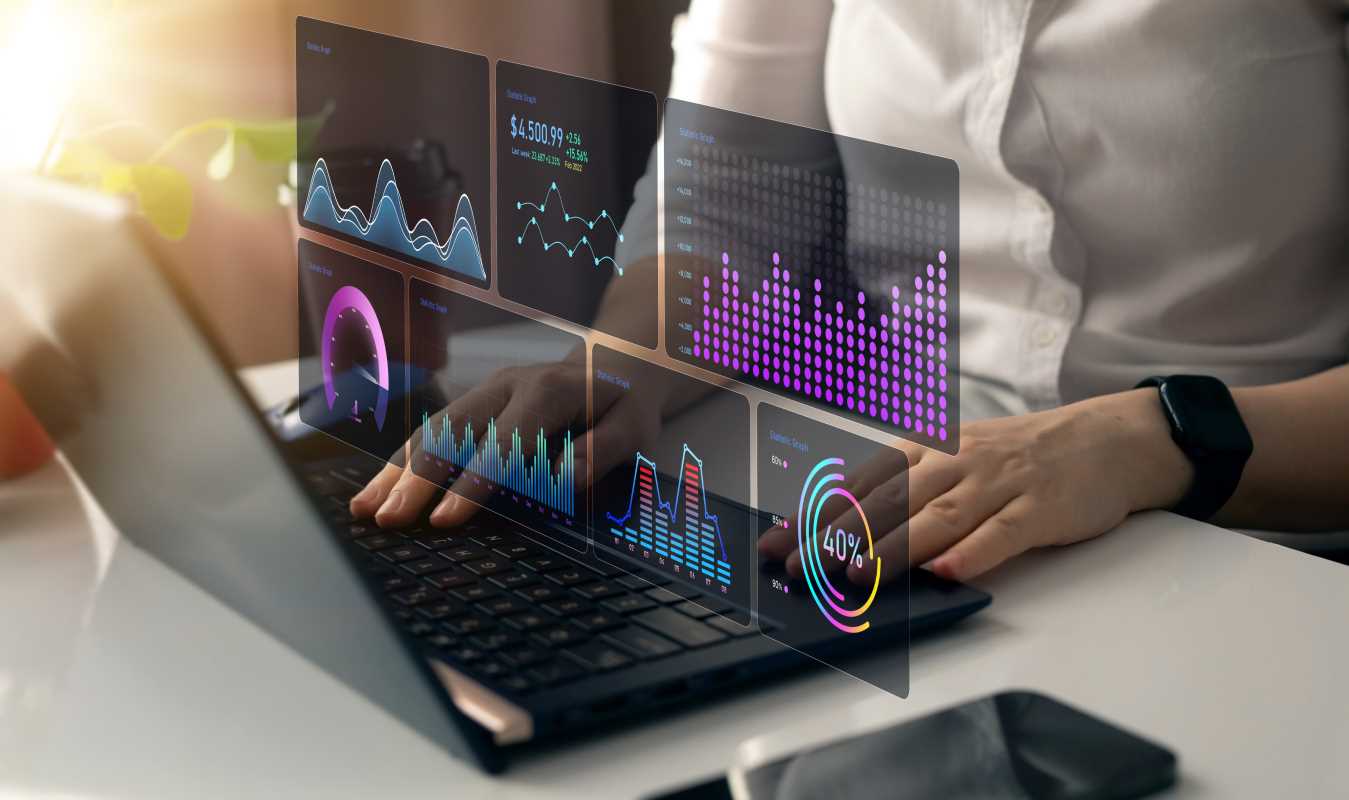Gone are the days when shopping meant bargaining at bustling local markets. Today, technology drives the entire buying and selling experience, offering us unprecedented speed, convenience, and personalization. Whether we're browsing online stores or using mobile apps, the transformation in shopping habits over the last few decades has been nothing short of revolutionary. This evolution not only changes the way we, as consumers, engage with products but also reshapes how businesses function and compete in an ever-evolving marketplace. The digital age has redefined our shopping journeys, making them more efficient and tailored to our unique preferences.
How Shopping Has Evolved
- Traditional Markets: Early shopping revolved around physical marketplaces where people gathered to buy and sell goods directly.
- Department Stores: The rise of large department stores in the 19th and 20th centuries centralized shopping under one roof, offering a wider variety of products.
- Online Shopping: The advent of the internet introduced e-commerce platforms, allowing consumers to shop from the comfort of their homes.
- Mobile Commerce: With smartphones becoming ubiquitous, shopping apps have made purchasing even more accessible and on-the-go.
- Omnichannel Retailing: Modern retailers integrate online and offline experiences, providing a seamless shopping journey across multiple channels.
Exciting Technological Innovations
- Augmented Reality (AR): AR allows customers to visualize products in their own environment before making a purchase, bridging the gap between online and in-store experiences.
- Voice Assistants: Devices like Amazon Echo and Google Home enable users to shop using voice commands, making the process hands-free and intuitive.
- Blockchain Technology: Blockchain provides secure and transparent transactions, enhancing trust between buyers and sellers.
- Internet of Things (IoT): Smart devices connected through IoT can track inventory, manage supply chains, and personalize the shopping experience.
- Virtual Reality (VR): VR offers immersive shopping experiences, allowing customers to explore virtual stores and interact with products in a three-dimensional space.
The Role of AI and Data Analytics
Artificial intelligence and data analytics stand at the forefront of technological innovations in shopping. AI algorithms analyze vast amounts of data to understand consumer behavior, predict trends, and personalize recommendations. This allows businesses to customize their offerings to individual preferences, enhancing the overall shopping experience. Data analytics help companies optimize their operations, from inventory management to targeted marketing campaigns, ensuring they meet the demands of their customers efficiently.
Benefits and Challenges of Technological Advances
Technological advancements are changing industry standards by making shopping more accessible and personalized. Consumers enjoy the convenience of shopping anytime and anywhere, while businesses gain from increased reach and optimized operations. These innovations also bring challenges such as data privacy concerns, the need for significant investment in technology, and the potential for job displacement due to automation. Balancing the benefits with these challenges remains crucial for sustainable growth in the commerce sector.
Future Trends in Shopping Technology
The future of shopping technology looks promising with several emerging trends set to redefine the landscape. One such trend is the integration of artificial intelligence with augmented reality to create even more personalized and interactive shopping experiences. The rise of sustainable technology aims to reduce the environmental impact of retail by optimizing supply chains and promoting eco-friendly products. Blockchain is expected to gain more traction, providing enhanced security and transparency in transactions. The development of 5G technology will enable faster and more reliable connections, supporting the seamless integration of various shopping technologies.
Another trend to watch is the increasing use of robotics and automation in retail stores, which can streamline operations and improve customer service. Personalized shopping assistants powered by AI will become more sophisticated, offering real-time recommendations and support. Social commerce, where shopping integrates into social media platforms, will continue to grow, making it easier for consumers to discover and purchase products within their social networks. These trends highlight a future where technology not only enhances the shopping experience but also creates new opportunities for innovation and growth in the commerce industry.
As technology continues to evolve, the way we buy and sell will keep changing, offering both exciting opportunities and new challenges. Staying informed about these advancements and adapting to them will be essential for both consumers and businesses to succeed in the ever-changing landscape of commerce.
 (Image source: Midjourney)
(Image source: Midjourney) 